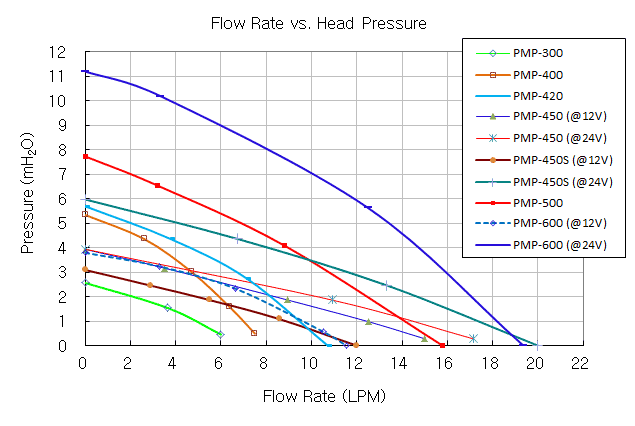Zarathustra[H]
Extremely [H]
- Joined
- Oct 29, 2000
- Messages
- 38,850
So,
I am still in the early feasibility/planning stages of a "sound isolation by pumping water to the next room" build.
I currently have an EK dual D5 pump top with two D5 G2 PWM pumps in it.
I'm concerned this may not be enough power.
Is there anything out there on the market that has more power, and also has pwm control?
I've read of the mythical D5 Strong, but I can't seem to find it available anywhere.
If nothing with pwm control is an option, what are some suggestions for appropriate pumps that are out there?
I always though Eheim pumps were pretty badass, but looking at the specs, they are really not worth writing home about. I had interest in Aquacomputer's Aquastream pumps based on Eheim's designs, but the performance numbers are quite underwhelming.
Appreciate any suggestions.
I am still in the early feasibility/planning stages of a "sound isolation by pumping water to the next room" build.
I currently have an EK dual D5 pump top with two D5 G2 PWM pumps in it.
I'm concerned this may not be enough power.
Is there anything out there on the market that has more power, and also has pwm control?
I've read of the mythical D5 Strong, but I can't seem to find it available anywhere.
If nothing with pwm control is an option, what are some suggestions for appropriate pumps that are out there?
I always though Eheim pumps were pretty badass, but looking at the specs, they are really not worth writing home about. I had interest in Aquacomputer's Aquastream pumps based on Eheim's designs, but the performance numbers are quite underwhelming.
Appreciate any suggestions.
![[H]ard|Forum](/styles/hardforum/xenforo/logo_dark.png)
